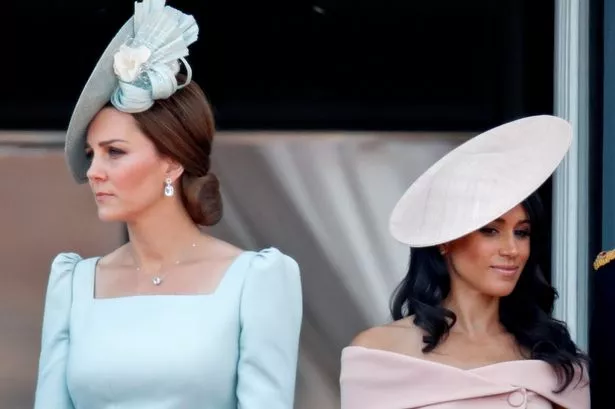The Queen’s approach to welcoming Meghan Markle into the royal family was notably distinct and marked a departure from historical traditions. Unlike previous royal experiences, where formalities dictated a more rigid integration process, the Queen opted for a more personal and inclusive method. This shift not only reflected a modern sensibility but also underscored the evolving nature of the monarchy, which must adapt to contemporary societal values and expectations. By embracing a more welcoming and supportive stance, the Queen aimed to create a sense of belonging for Meghan, acknowledging the challenges she would face as a biracial American woman entering a century-old institution steeped in tradition.
One of the most significant ways the Queen broke tradition was by actively engaging with Meghan and extending her support. This approach was highlighted during Meghan’s engagement to Prince Harry, where the Queen’s direct involvement contrasted with past practices. Traditionally, royal protocol often limited personal interactions, but the Queen’s willingness to foster a close relationship signaled a shift towards a more familial atmosphere. This move was not only symbolic of acceptance but also practical, considering the intense scrutiny Meghan faced from the media and public. The Queen understood the need for a strong support system, which was crucial for Meghan’s transition into royal life.
Moreover, the Queen’s approach reflected a broader acknowledgment of diversity within the royal family. By welcoming Meghan, who brought with her a multicultural background, the Queen acknowledged the changing dynamics of British society. This move was important for modernizing the monarchy and made it more relatable to a diverse population. The Queen’s actions were emblematic of a desire to connect with younger generations, who increasingly value inclusion and representation within institutions. This significant step highlighted the importance of adapting to societal changes while maintaining the royal family’s relevance in contemporary Britain.
Another area where the Queen deviated from tradition was in her public displays of affection and support for Meghan. This included appearances at high-profile events, where the two women were seen together, showcasing a unity that was somewhat rare for royal family dynamics. Such gestures were reassuring not only for Meghan but also for the public, who were keenly observing the relationship. This informal approach contrasted sharply with the more reserved nature typically exhibited by the royals, showcasing a softer and more empathetic side of the monarchy that resonated well with various audiences. It demonstrated the Queen’s commitment to fostering a sense of unity within the family, even amidst the complexities of Meghan’s integration.
Furthermore, the Queen’s willingness to embrace new customs pointed towards a royal family striving for modernization. This openness to change was crucial in maintaining the monarchy’s relevance in a rapidly evolving world. The traditional expectations that once governed the lives of royal family members were giving way to a more flexible understanding of duty and service. Through her approach to Meghan, the Queen not only paved the way for a more inclusive royal family but also signaled a readiness to address the challenges of contemporary life, from mental health awareness to the impact of media scrutiny.
In conclusion, the Queen’s approach to welcoming Meghan Markle into the royal family was transformative and indicative of a monarchy in transition. By breaking from tradition, actively supporting Meghan, and promoting diversity, the Queen demonstrated a forward-thinking perspective that sought to adapt to the needs of modern society. Her actions not only served to integrate Meghan but also aimed to redefine the public perception of the royal family, making it more accessible and relatable. Through this shift, the Queen effectively laid the groundwork for a more inclusive future within the monarchy, reaffirming its relevance in an increasingly diverse world.














